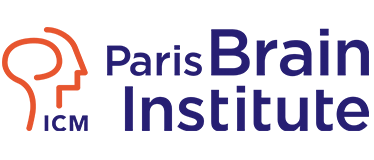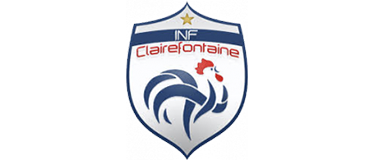“Pointing a microscope at the muscle was a necessary step,”
but for a long time, the brain was sidelined.
Suitable for elite player to personalize a program to reach their top level of high performance
Suitable for elite player to personalize a program to reach their top level of high performance
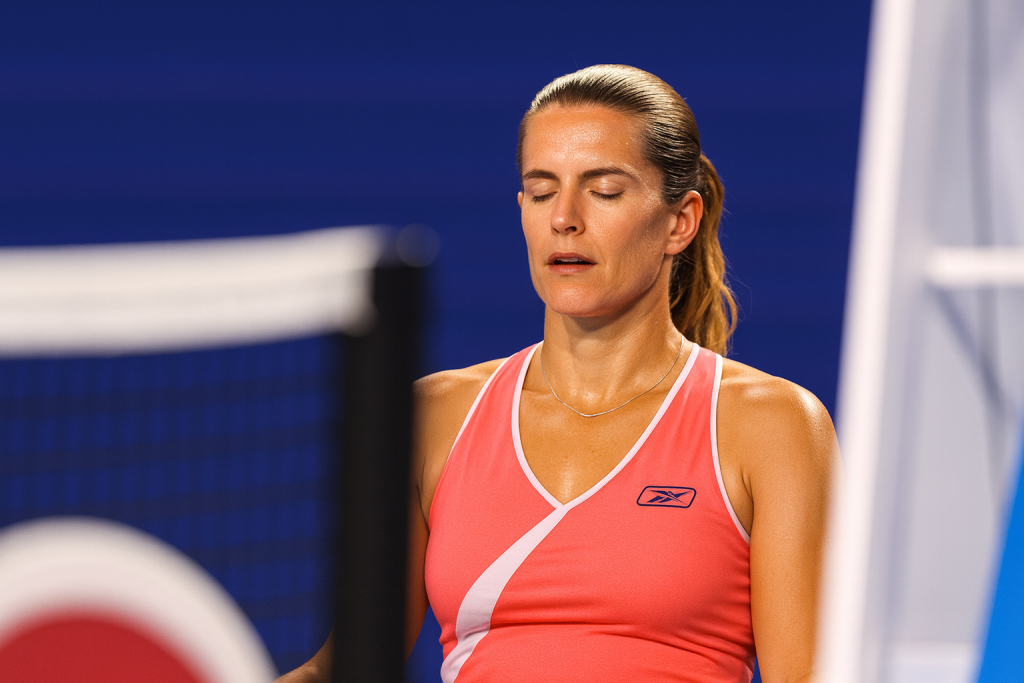
By raising the mental to the same level of requirement as the physical, athletes can now push their limits to unimaginable thresholds.
“Pointing a microscope at the muscle was a necessary step,”
but for a long time, the brain was sidelined.
We isolated the muscles and the system.” cardio-respiratory system of their nervous influences.
However, today, we know that muscular performance depends on the neuro system.
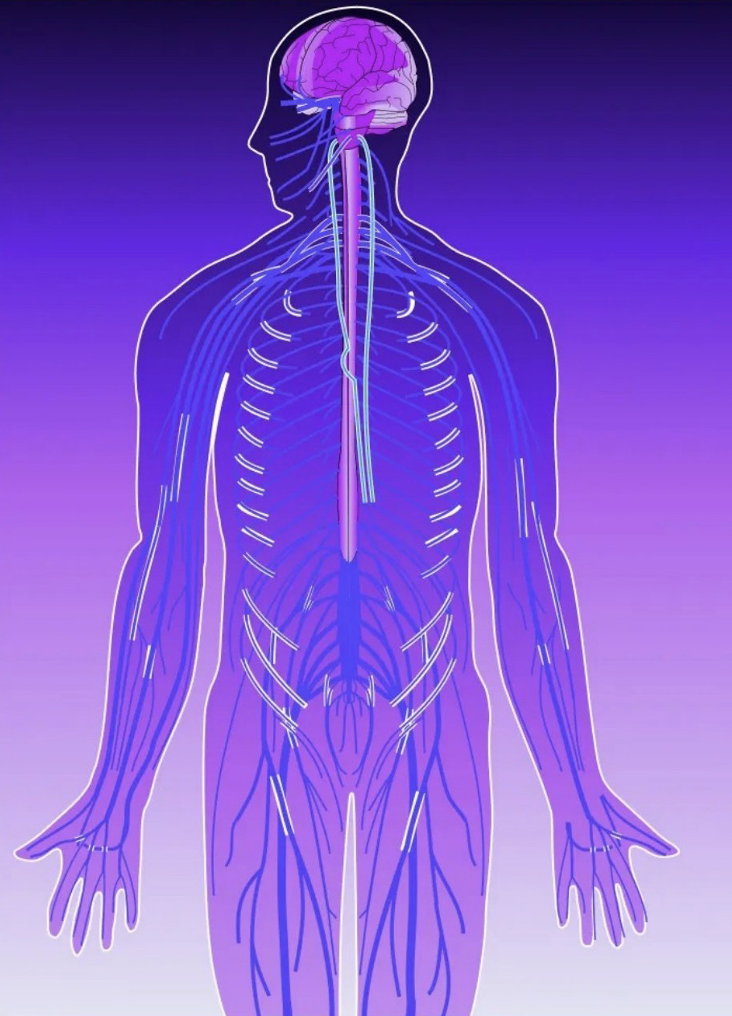
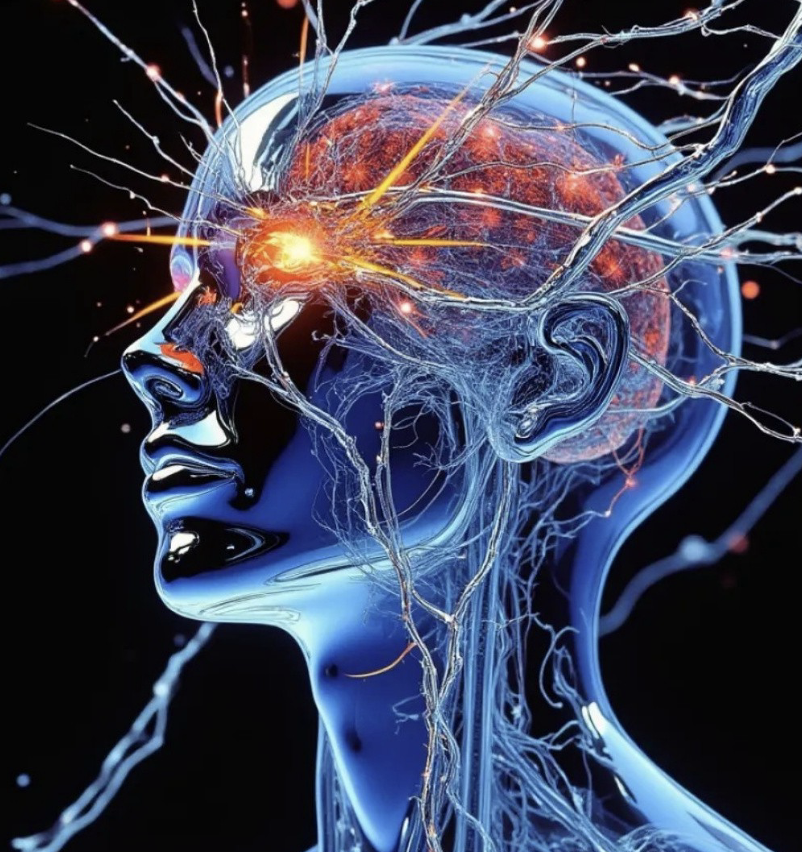
We are living today in the ”mental era ” Cognitive training to develop abilities by improving visual perception. Mental preparation, brain conditioning, includes techniques such as visualization (mental imagery) self-talk (talking to yourself) more than the physical side, it’s the mental aspect that is tough in the high level sport
Neuroscientist explains that “a brain signature is discovered on MRI when you do scans before and after meditation practices .
” In other words, you can “strengthen” your brain in the same way you can pump up your biceps.
For whom, from now on, pain and fatigue are just information, sensations that can be left aside. To used an exceptional asset: brain plasticity.
Take Lego. With the same ones, you can create a house, a car, a character, etc. Neurons are a bit similar.
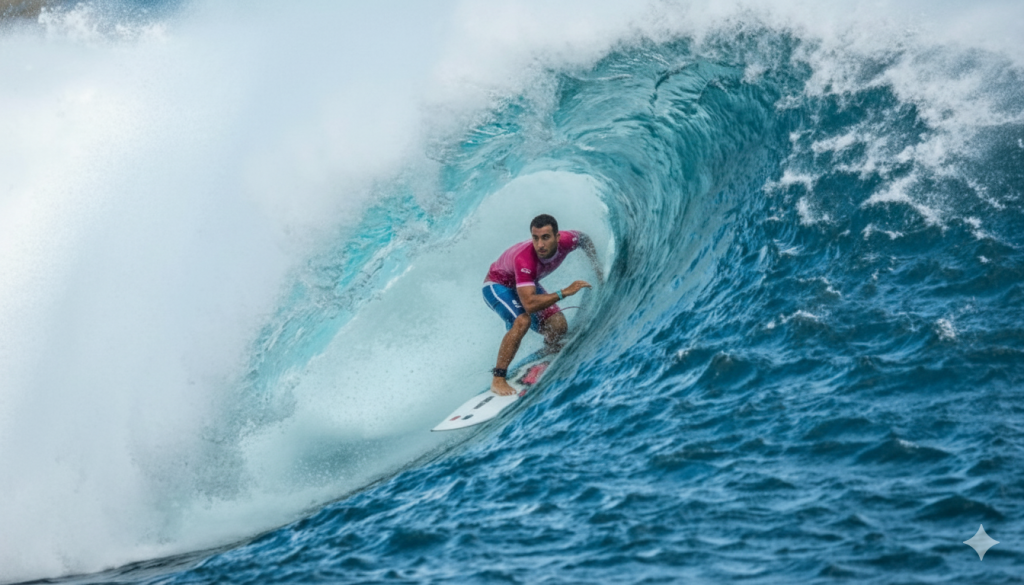
The flow, is a rare, magical, and fleeting mental state. The flow, also called the “zone” or “optimal experience” valuable in sports requiring skill.
To get as close as possible to the gesture ideal (gymnastics, swimming, figure skating, shooting, etc.), or open, when the opponent forces you to adapt in real time (tennis).
It is impossible to program the mind to always be fresh and available,
it must be prepared to accept everything, even that which makes one want to run far from the playing field.
Yoga, breathing exercises worked out with a mental trainer transform everything into a positive, even stress.
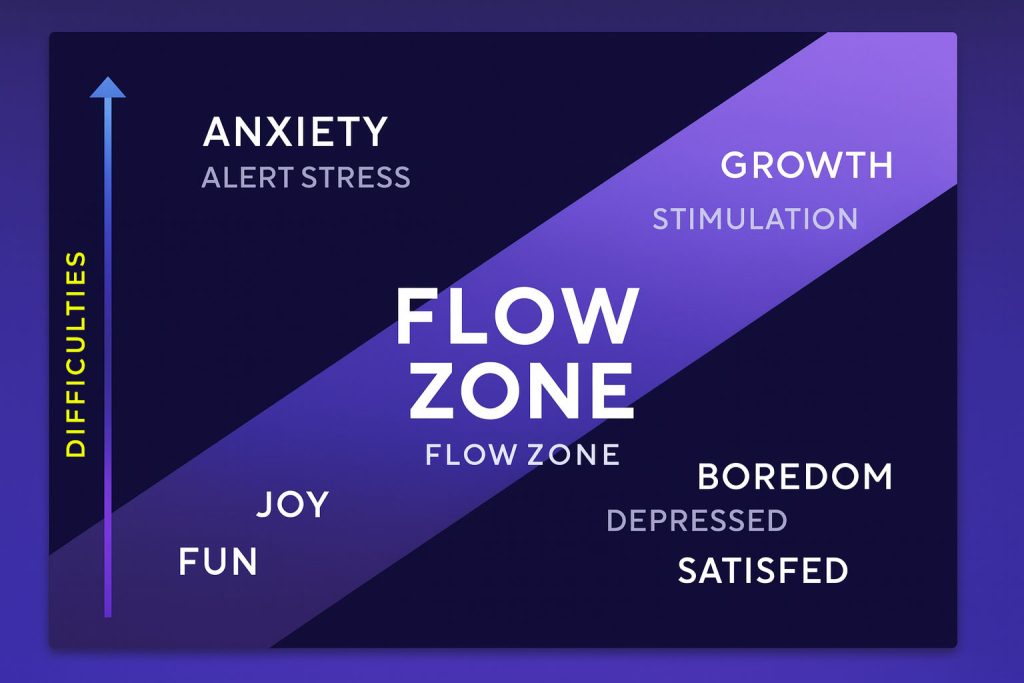
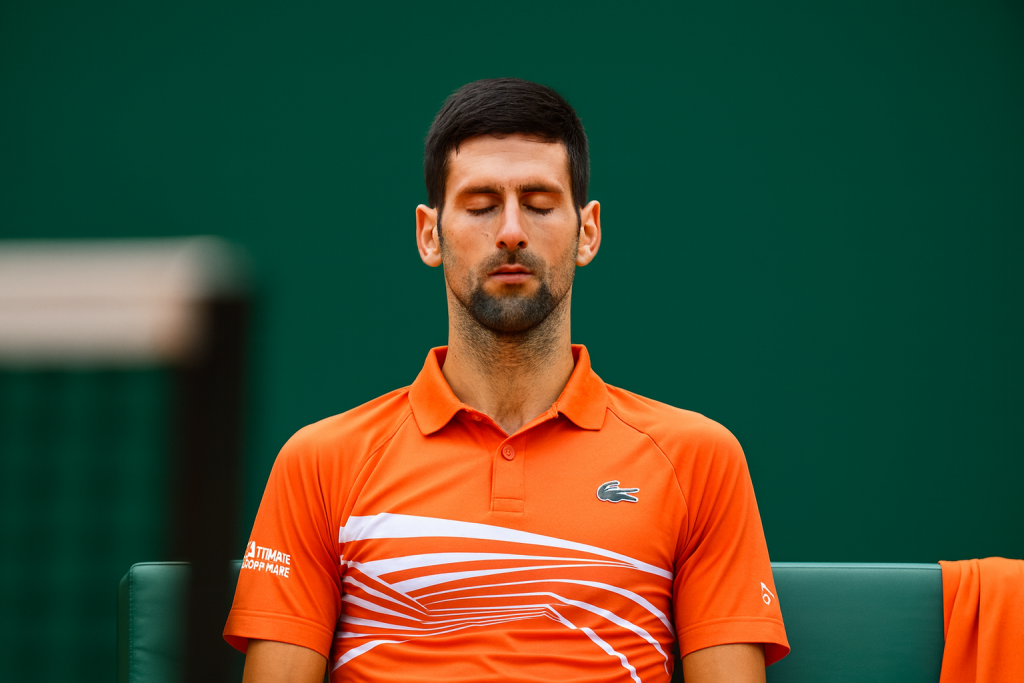
“Good practice is to have techniques integrated into traditional training with visualization but also relaxation and motivation management strategies,
There is significant room for improvement in introducing mental preparation in training to ensure that it is used young and that it becomes something routine
Getting athletes into the right mental state is one thing. Enabling them to be more receptive, precise, alert, resilient, to become athletes capable of all challenges, is another.
In the imagination, cognitive training refers to an athlete tapping on coloured circles that appear furtively on a screen. Reductive but true. “Cognitive control is about regulating automatic behaviours,” Basically, there are two ways the brain does this. The first is you use your routines. The second is if they don’t work, the brain replaces them with more appropriate behaviours.” by involving a vast network in the pre-frontier regions.
The prefrontal regions is a fascinating area of the brain because
it is the one that makes us human, with our unique feelings and abilities.
In a jumble, it is the one that allows us to control our impulses, connects past, present and future, provides capacity for abstraction, creativity and anticipation. “In sports, the prefrontal cortex is crucial for strategic decisions. If you want to improve a performance beyond your capabilities physical, it depends on him .”
HPC concerned about sharp rise in brain disorders linked to accidents and games in rugby mainly, football increasingly and many other individual and team sports.
A first aid protocol to save lives has been initiated by the Honorary Professor of Neurology Mr. Hervé Vespignani. Member of medical committee of cerebral commotion of FFF (French Football Federation).
HPC platform integrates this protocol which can save athletes lives.
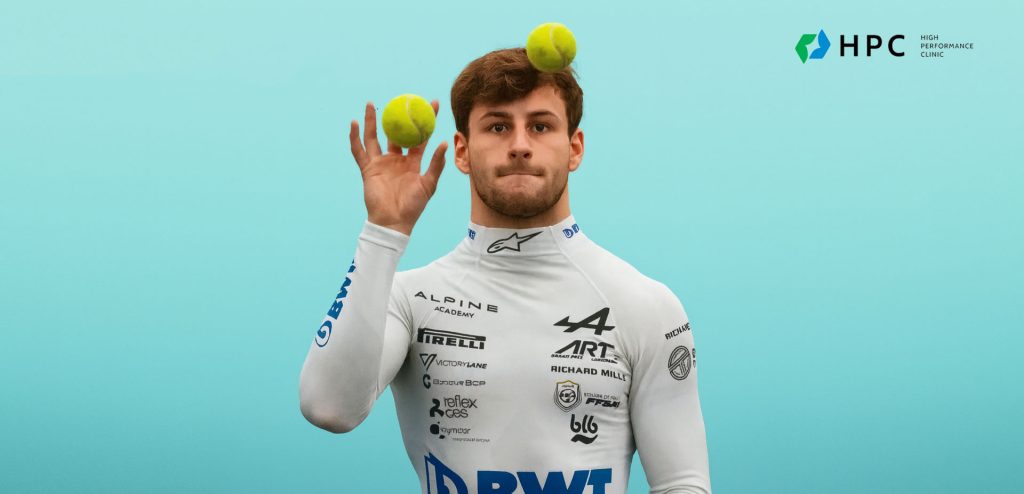
It can help more complex cognitive abilities like decision-making in team sports. The cognitive abilities of athletes are already high because they are constantly trained to select the right information. Except that the closer we get to the very top level, the higher the level of the players is uniform and the more the difference is made on details. We use cognitive-motor games with lights that turn on, to work on reaction times.
TMT (trail making tests) where you have to connect numbers and letters in alternation and tests where words appear in certain colours, this which will work on both visual and selective attention. In neuroscience, original equipment have been developed. “catch and think,” is based on the use of multicoloured balls, whether rugby, soccer, handball, or basketball.
With handling stages designed to work attention, information gathering, decision making. It’s a tool that fits into training and allows for both physical and cognitive work. This is an integral part of the return-to-play agendas for players who are with the medical staff to get as close as possible to what will be experienced in competition.”
THE VIRTUAL IS INCREASINGLY INTERFERING IN ATHLETE PREPARATION
Clairefontaine, the nerve center of French football, has opened the door to virtual reality (VR). “working at the INF on the use of VR to improve peripheral vision in players in training .”
Lionel Messi spend his time walking but “He is spinning around to gather information,” before running. A survey was done on Premier League players which shows that the scanning rate – head rotations in the ten seconds preceding passes – is correlated with the success of these passes.
They read the spaces between players and analyze their closing rates.
Here, the goal of VR is to improve decision-making.
“VR” immersed in an environment initiates the act of projecting, imagining, constructing, analyzing”
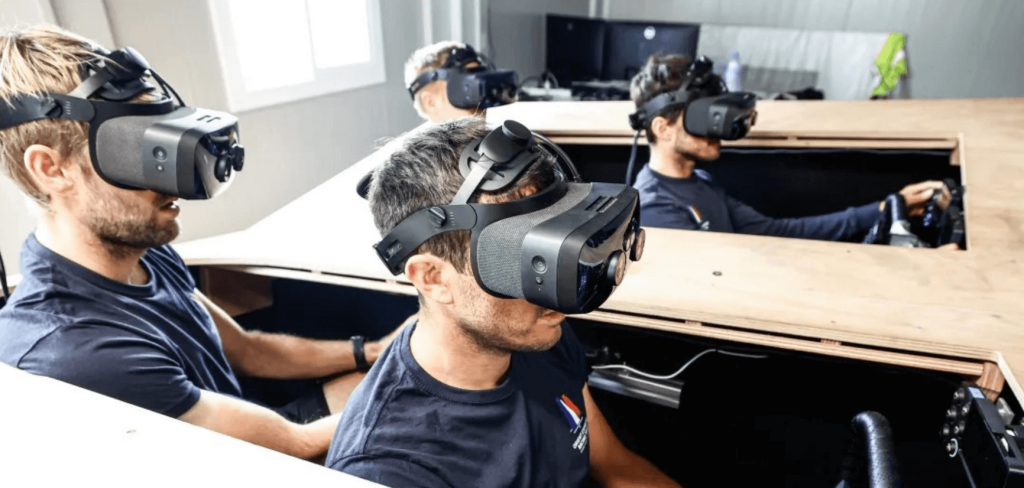
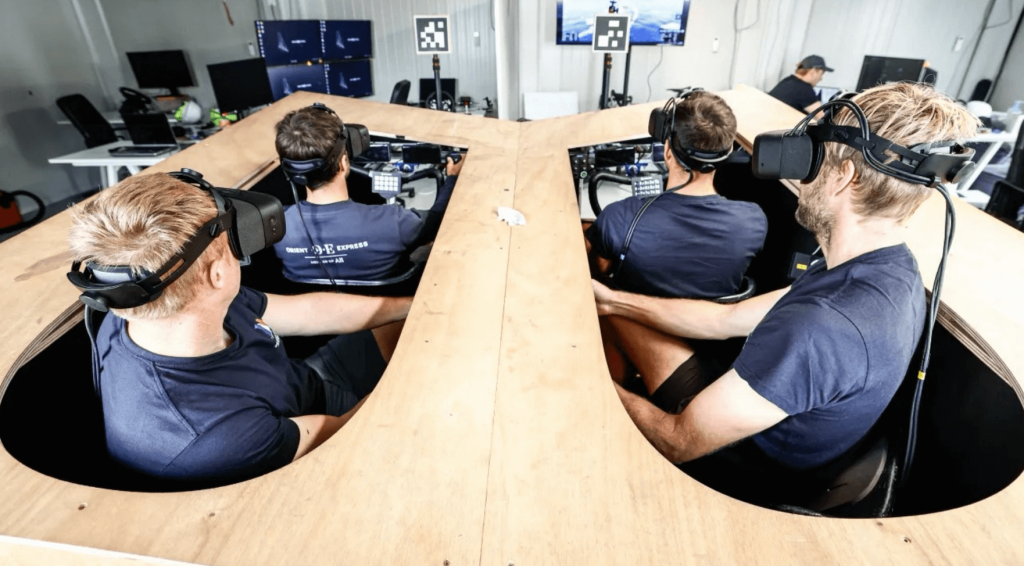
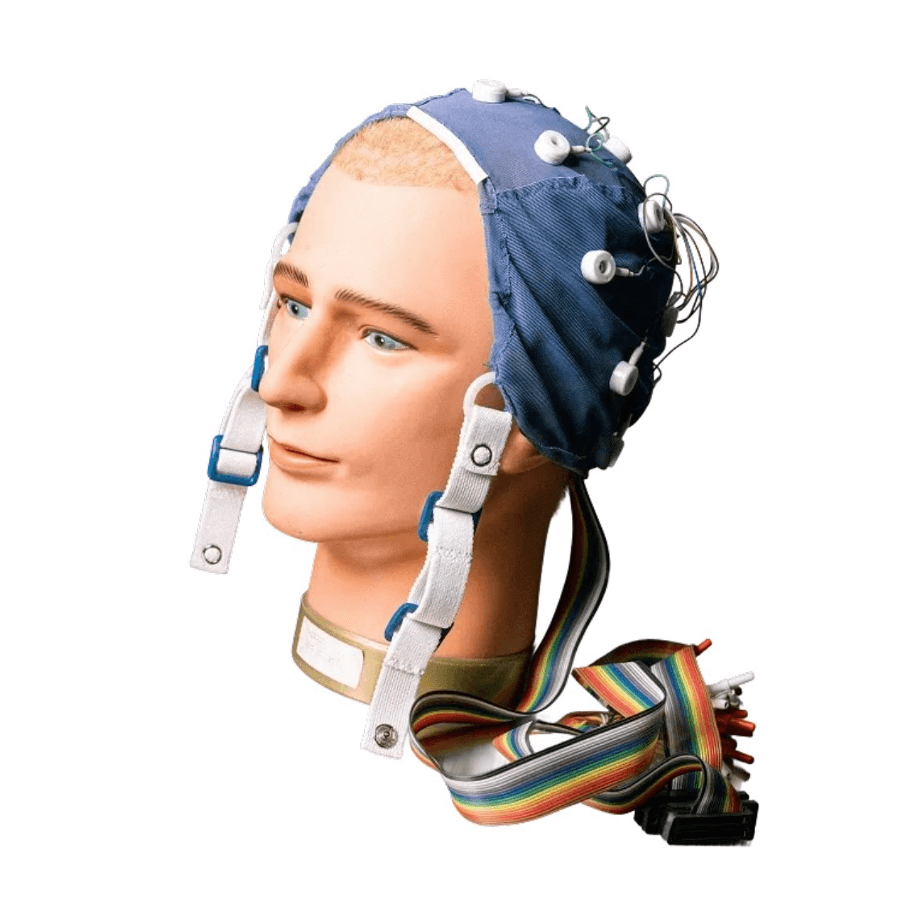
ELECTROENCEPHALOGRAM (EEG) HEADSET
The ideal in mental imagery would be to have real-time feedback. When the athlete imagines a movement, it would be necessary to be able to control whether this work is targeting the right area of the brain, with the right intensity and generating the right response.
Technological progress should provide the solution. This improvement already has a name: neurofeedback, a technique for capturing and deciphering the brain’s electrical activity.
“Neurofeedback is the future, the step after !” Some federations have already invested in it, such as the of motor sport ( FFSA ).
In the future, athletes will no longer need third parties to work with neurofeedback. He will directly check the effect of his cognitive work, using sliders, and correct it.
And this is nothing compared to the promises offered by artificial intelligence (AI). The coupling of neurofeedback and AI is already underway.
By multiplying the experiences lived by AI, the software for analyzing the data provided by EEG headsets should become more sophisticated every day and efficient.
to “make the link between neurofeedback methodology and AI, can provide interesting metrics such as distance, speed, number of passes or ball carrying time.”
TRANSCRANIAL MAGNETIC STIMULATION
Magnetic stimulation (TMS).
This is the technique we use (in medicine) because it is precise.
It helps us, for example, to identify which neurons control different muscles in the hand, forearm, and leg, and to stimulate them in a targeted manner.
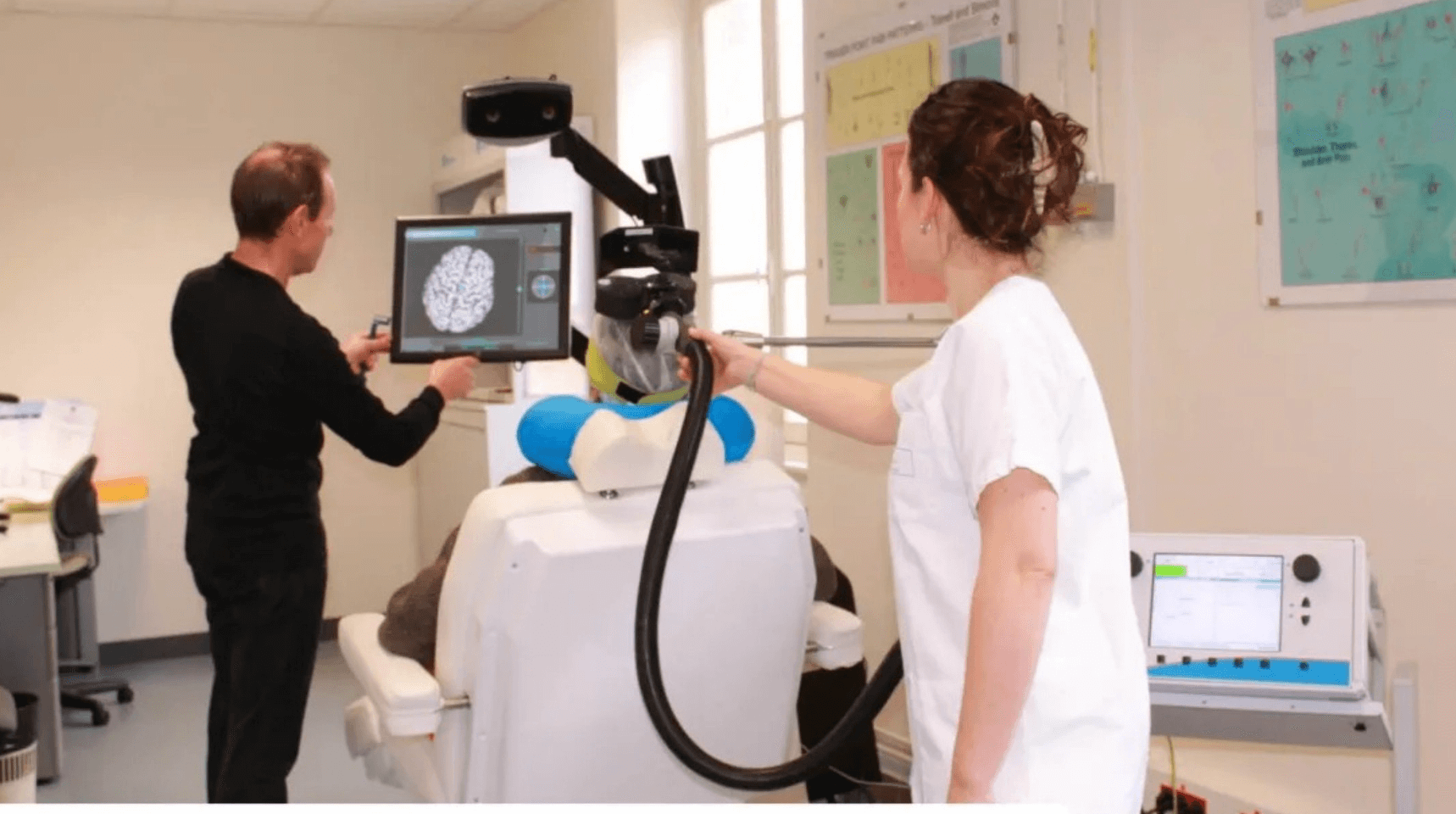
The future of youth performing their sport and passion into academies to reach the high-performance athlete is a package of expertise which must combine with the athletic program initiated by coach and physical preparator and absolutely to back up with therapies with osteopath, physiotherapist, kinesiotherapist, nutritionist, mental coaches, DNA analyst and the neuroscientists.
HPC to be your medical partner to combine all these expertise along your athletic programs to accompany your athletes to the high level.
HPC collaboration and expertise with French institute of sport:
